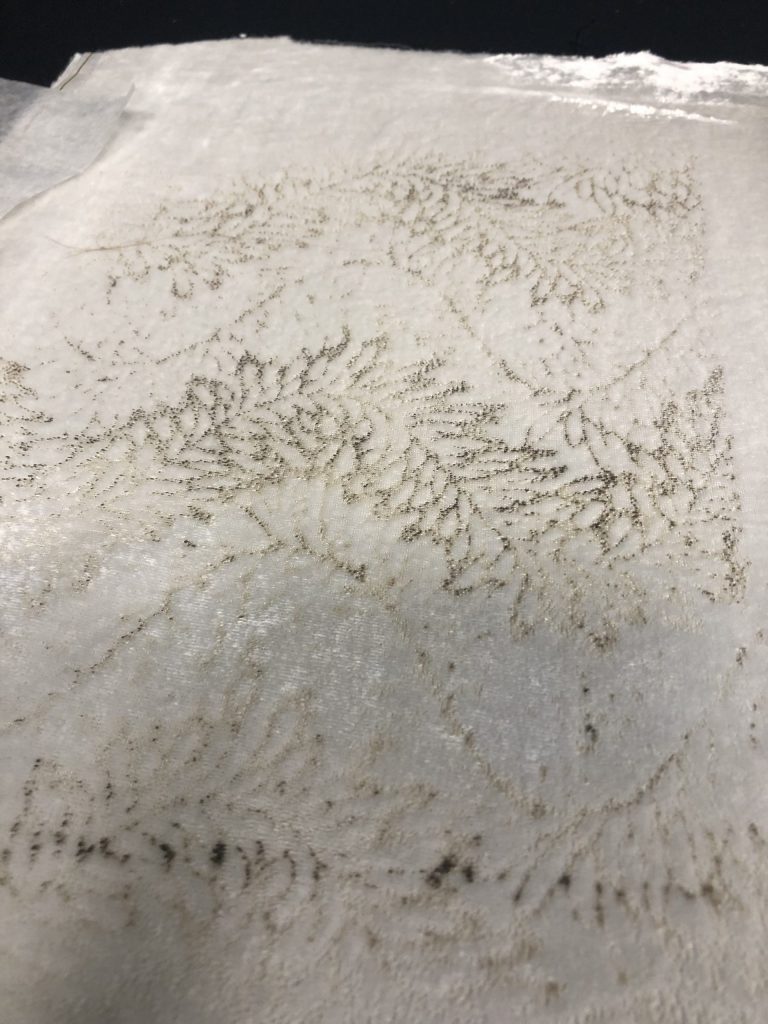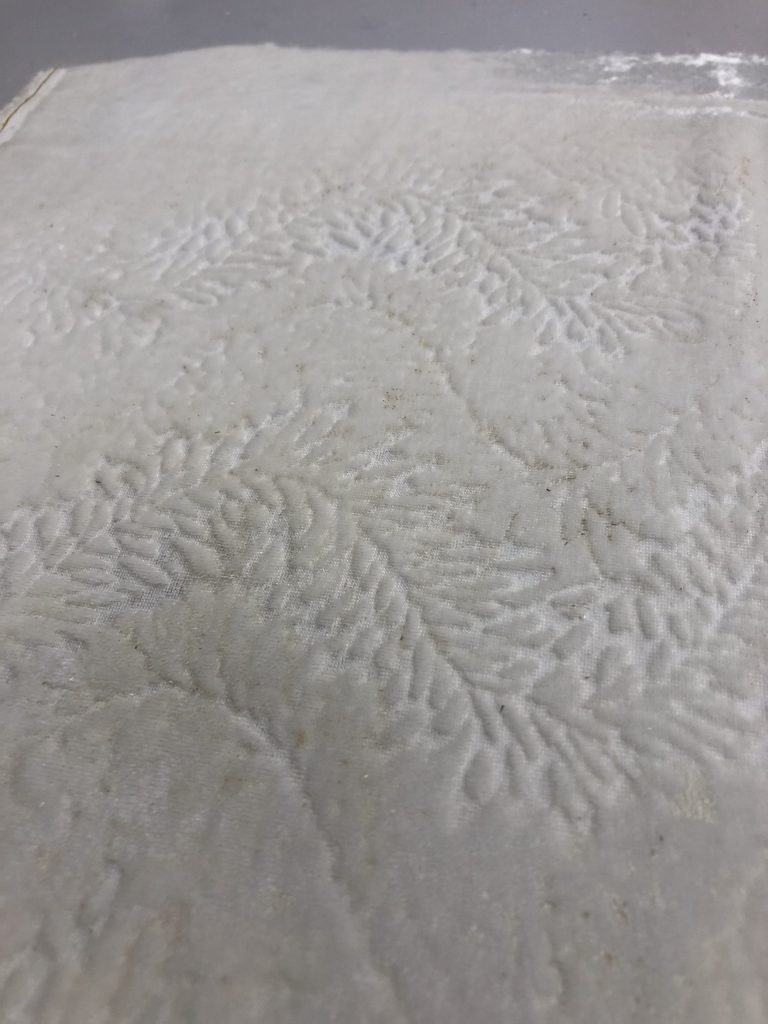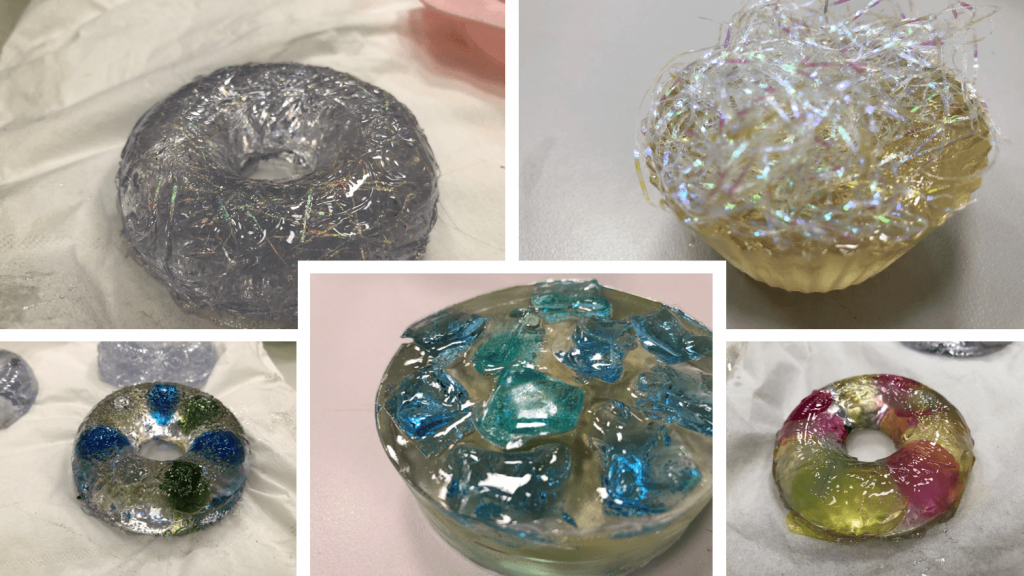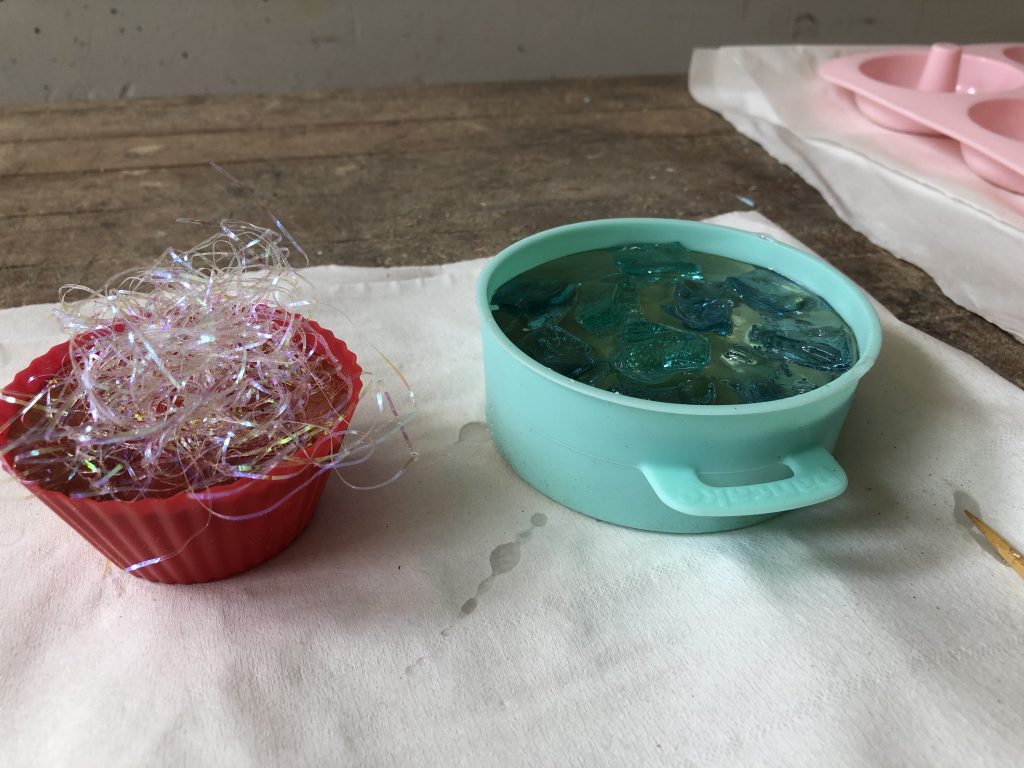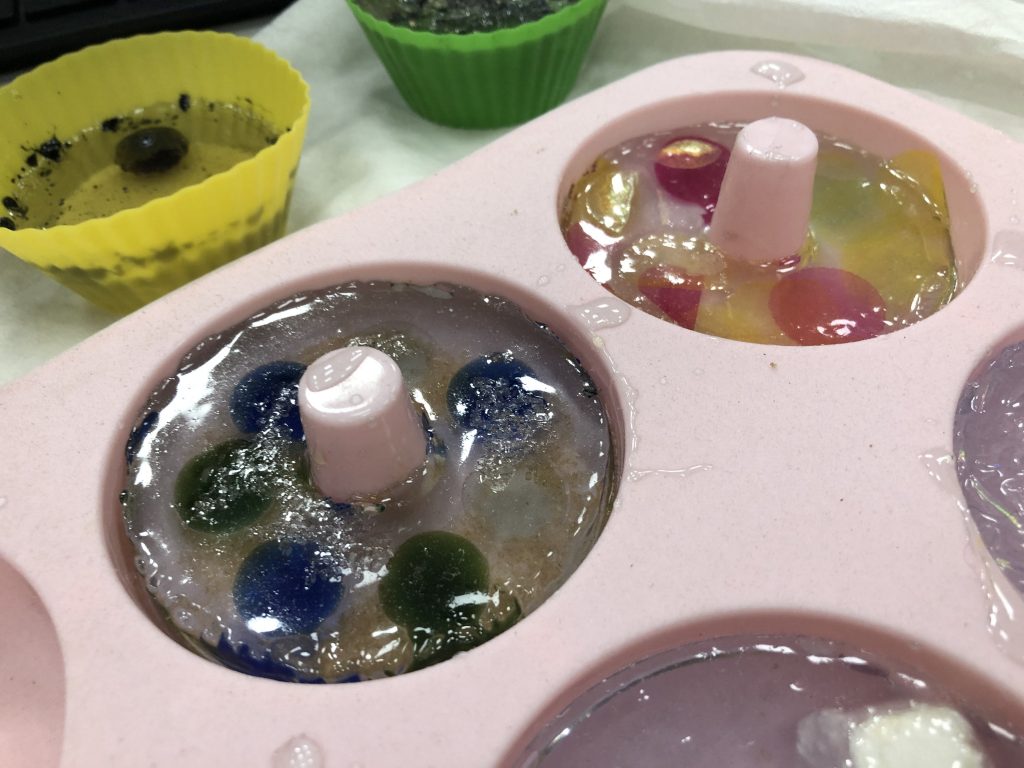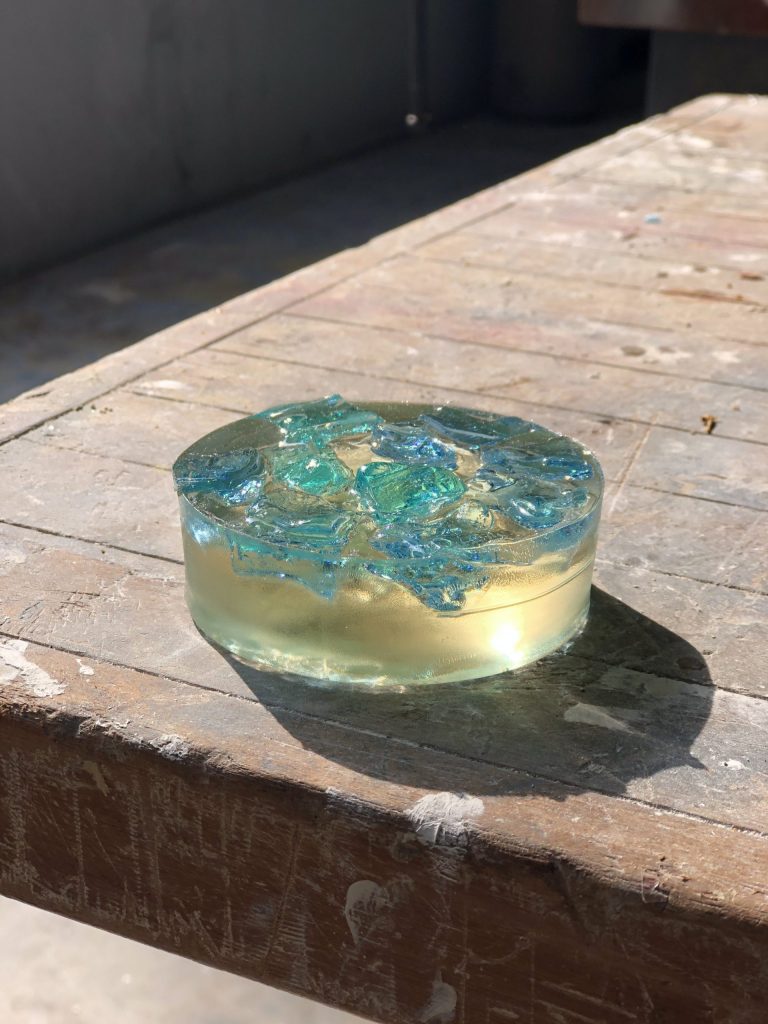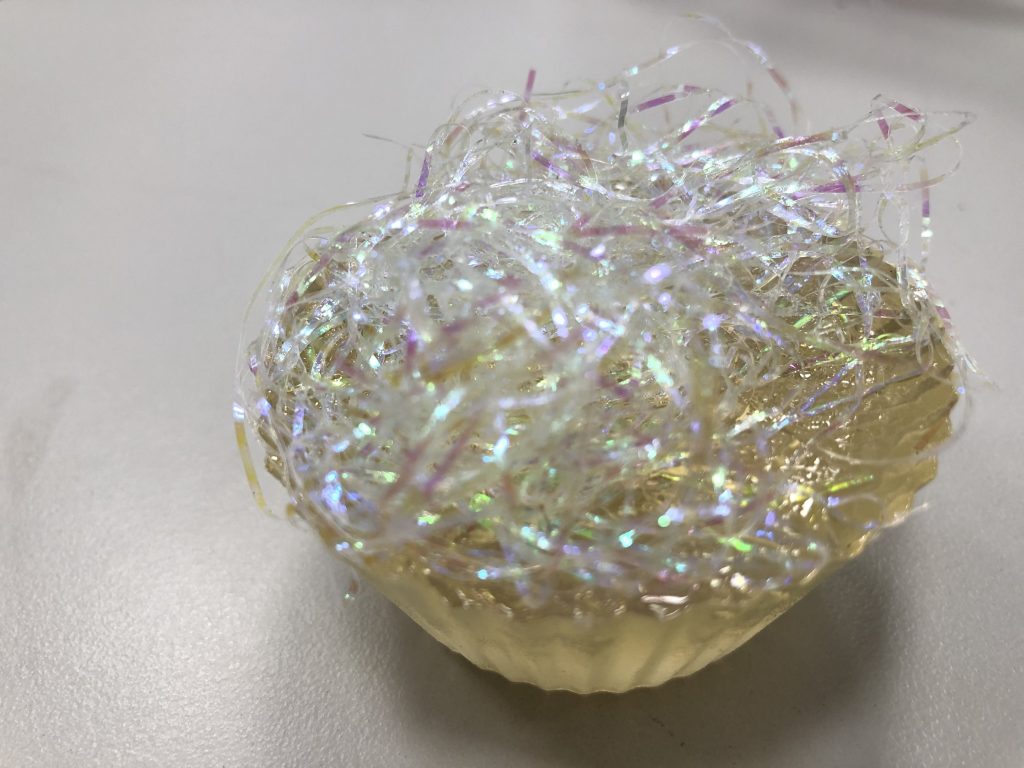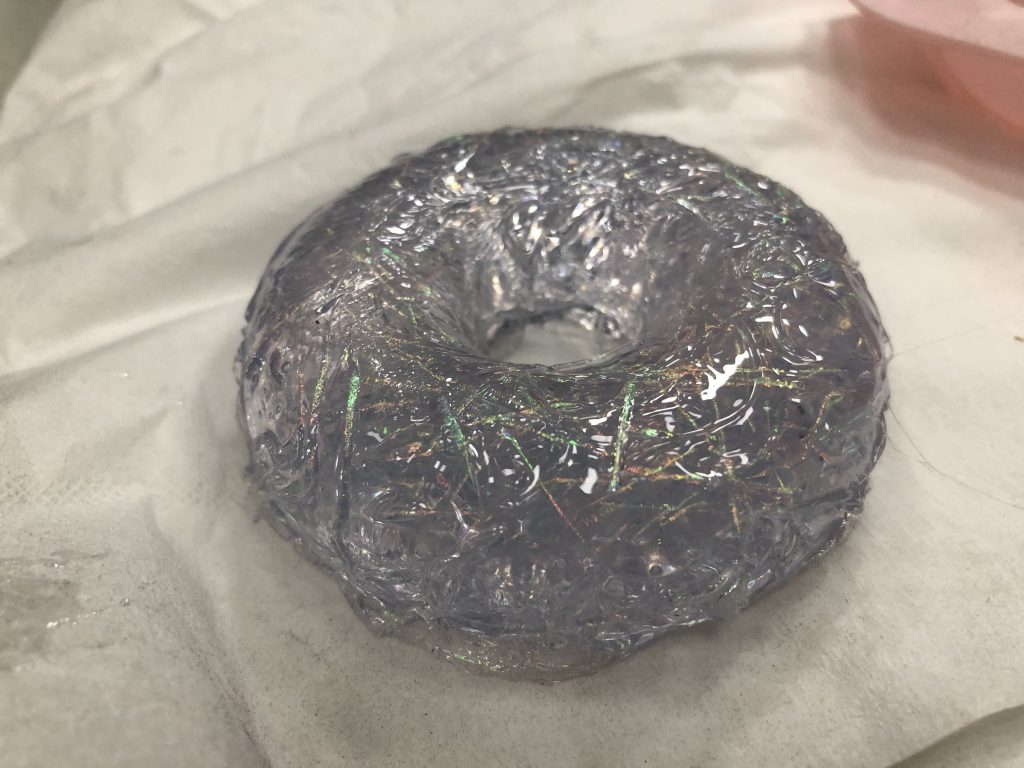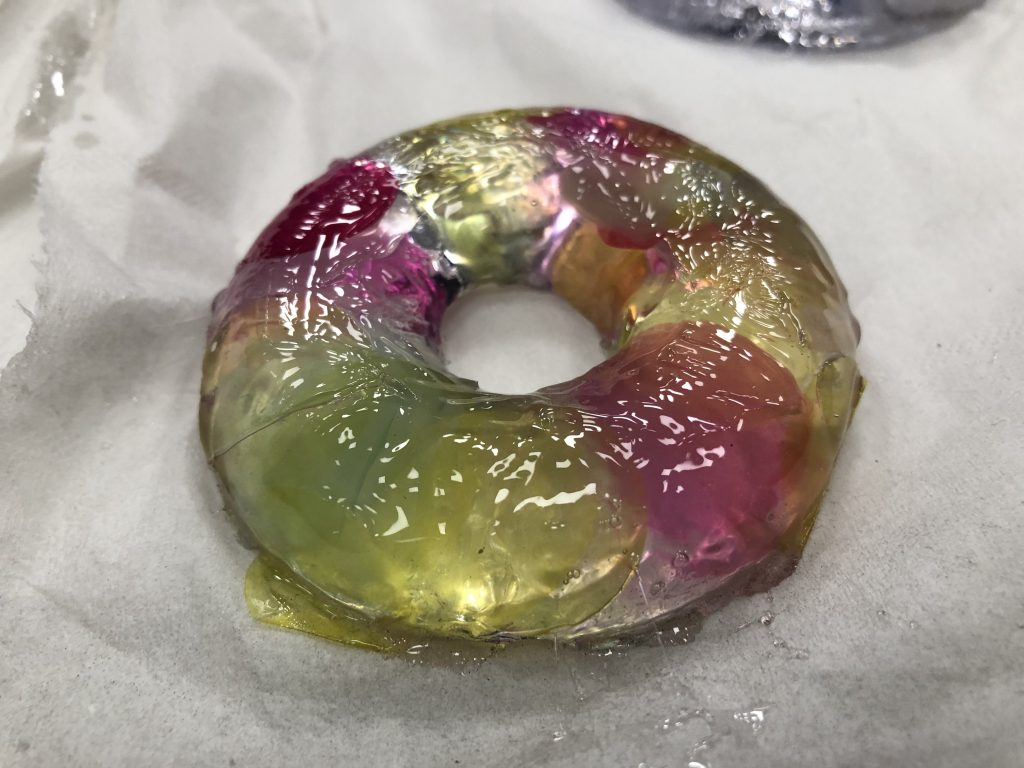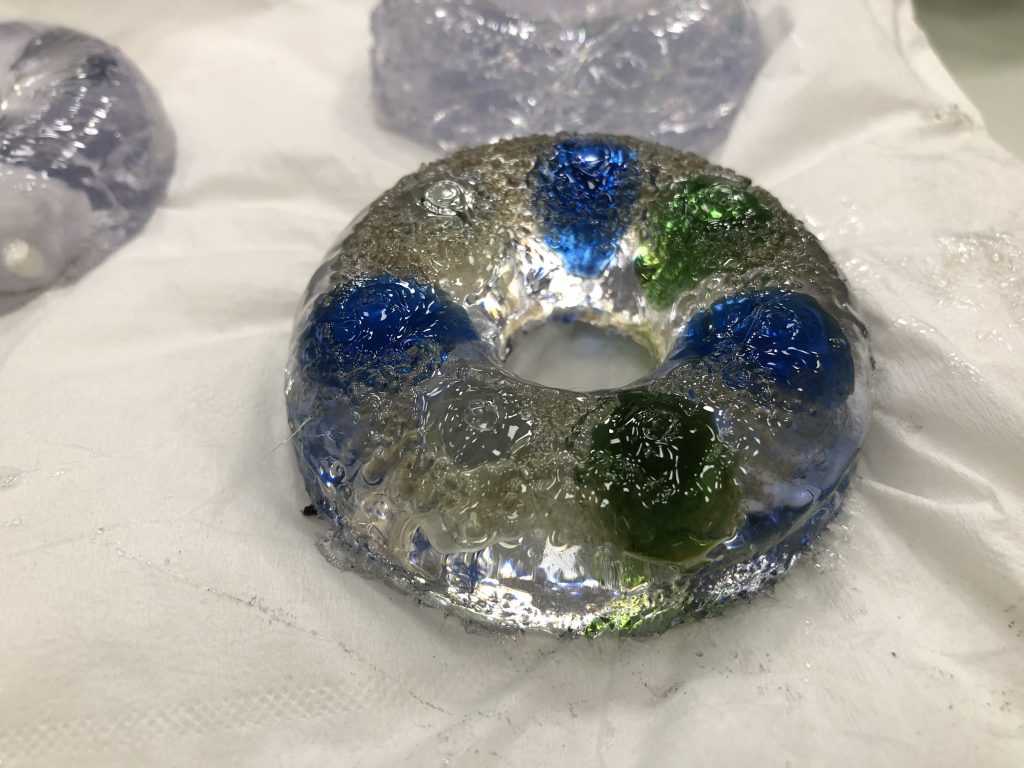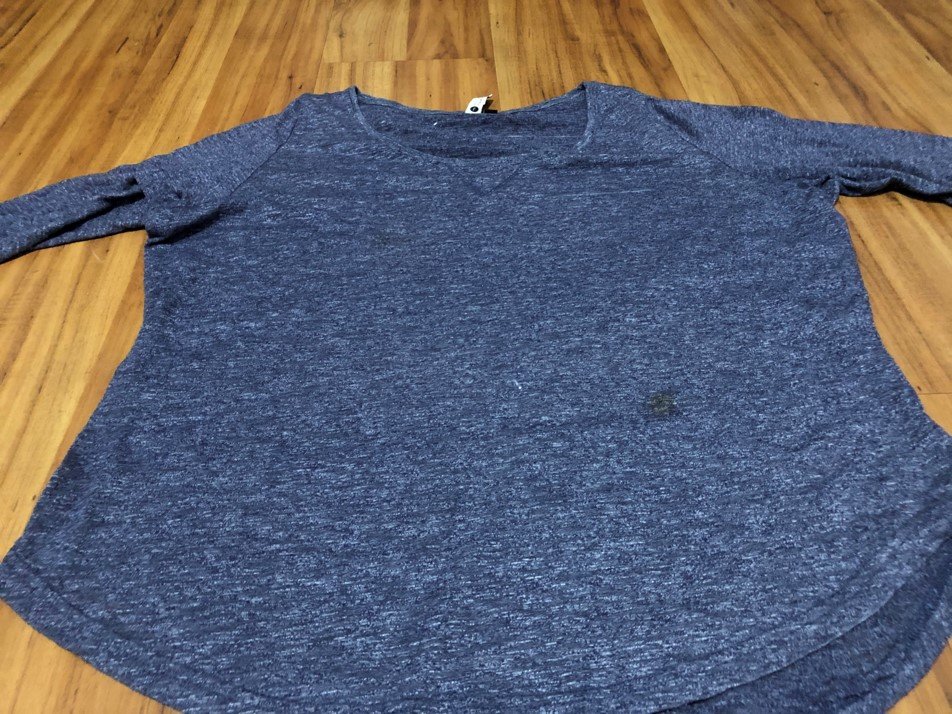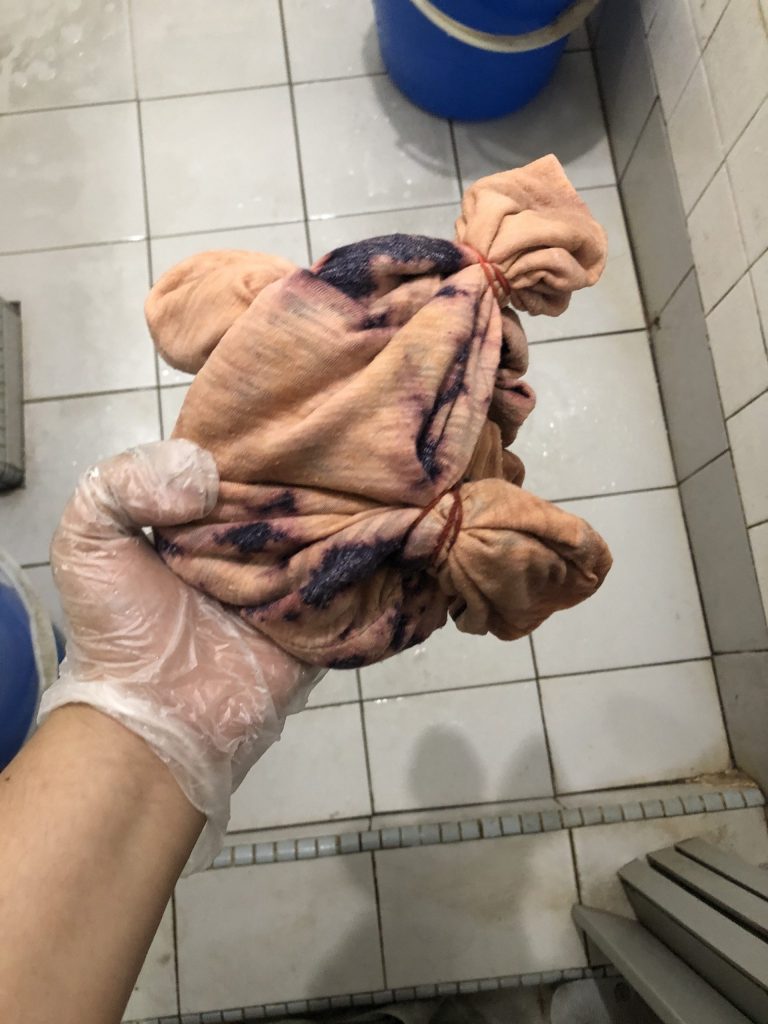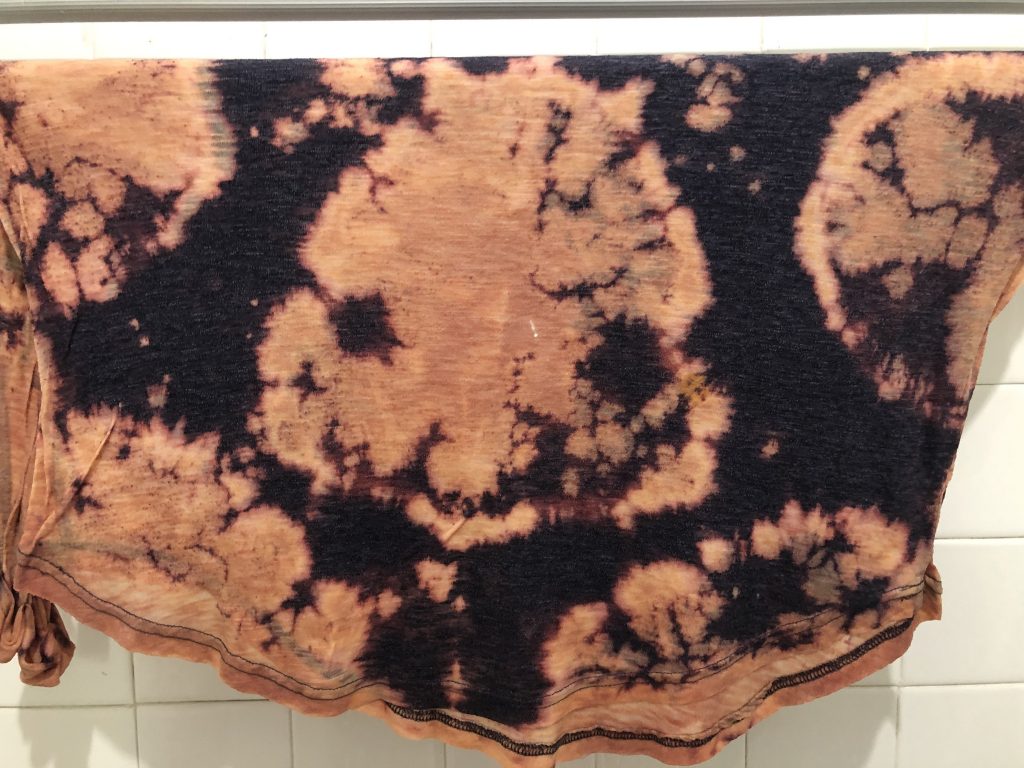Click here for the PDF File: MemoryBox_Final (Videos not included)
Month: April 2020
velvet etching, resin, bleaching // surface design
Well, hello!
This post is divided into three parts to show the three different technique
Velvet Etching
Using a fibre remover on silk viscose velvet to create patterns on the material.
STEPS:
- Place sufficient fibre remover onto the silkscreen.
- Place the velvet (velvet side facing up) below the silkscreen.
- Use a squeegee to spread the remover.

- Remove silkscreen, leave it aside for the magic to happen.
- When you see that some of the velvet has been “eaten away”, iron the velvet (place something between the iron and velvet).
- Iron the velvet until it starts turning brown or burned.

- Scrape the velvet to reveal the design.
Thoughts
To be very honest, I didn’t exactly understand what I was doing, I was merely following the steps given. Ironing also took very long because I was ironing for some time but didn’t see any outcome and when it finally started turning brown, I was panicking thinking that I burned the velvet. However, it was fulfilling to scrape all those remnants of to see the final outcome and I must say it is very pretty.
Some things to take note:
- Control the amount of fibre remover, not too little and not too much. For my first attempt, I used too little remover, so not much of the fibre was removed. I would also expect that if used too much, the remover might spread to other parts of the velvet, and your design may not come out as nicely.
- Try to use high temperature while ironing the velvet to get it brown faster.
It is a shame that we were using white velvet, it would be fun to experiment with other colours and a thicker velvet so you get to see the depth better. I would have wanted to experiment one more time with this technique, but with the Covid-19 situation, I can’t get the materials to do it 🙁
![]()
RESIN
STEPS:
-
- Pour resin into a container, measure the amount of resin.
- Add approx. 4% hardener into the resin.
- Stir evenly.
- Pour mixture into mould.
- Add in any materials you like.
- Let it dry. (make sure not to touch it as it can get hot)
Here are some that I made.
Mus, Minjee and I tried 2 different rounds of resin.
For my first round, I used translucent rocks and iridescent confetti strips.
For the confetti strips, I wanted everything in there, but the mixture already hardened by the time I tried putting it in.
For the second round, I used donut moulds and filled it with marbles, circle paper confetti and translucent confetti strips (same as the first round). However, for this round, we tried a mixture without hardener (BAD DECISION). We wanted to leave enough hardener for the rest of the class so we tried without it. Even after 3 days, it still hadn’t dry and unfortunately, the school was going to be closed so we had to leave it in school to dry. Well at least, it should probably be dry by the time we get to go back to ADM.
But here are the final outcome!
THOUGHTS?
Some observations I made were:
- It is important to use the right amount of hardener. For our first attempt, I believe we may have use too much hardener which resulted in it drying too fast. But if you put too little (or none at all), expect to wait forever for it to dry.
- Another thing I noticed was the mixture with hardener appears more yellow than the one without. I personally prefer the clear version, it looks more sophisticated.
- As seen from the blue rocks resin in the first attempt, the rocks appear to be afloat even though I placed it in before adding more resin on top of it. Probably cause the rocks are too light but it could help if I place the rocks in, let it dry a little bit and poured another layer of resin after that.
Again with the Covid-19 situation, I won’t be able to continue exploring with resin 🙁 It would have been cool to make resin with a snake scale pattern.
![]()
Bleaching
Steps:
- Wrap your cloth in whatever pattern you like.
- Apply the bleach accordingly.
- Let the bleach sit in for less than 10 minutes.
- Wash the bleach out properly.
- Let dry and voila!
I tried the bleaching technique at home with my old shirt. As you can see, there is a stain on the shirt (it was one of my favourite shirts *sad face*).
When I did some research on bleaching, what I noticed was it works the same way as tiedye. So the patterns used to make tiedye can be used for bleaching too! I tied the shirt into different segments and bleach the knotted parts.
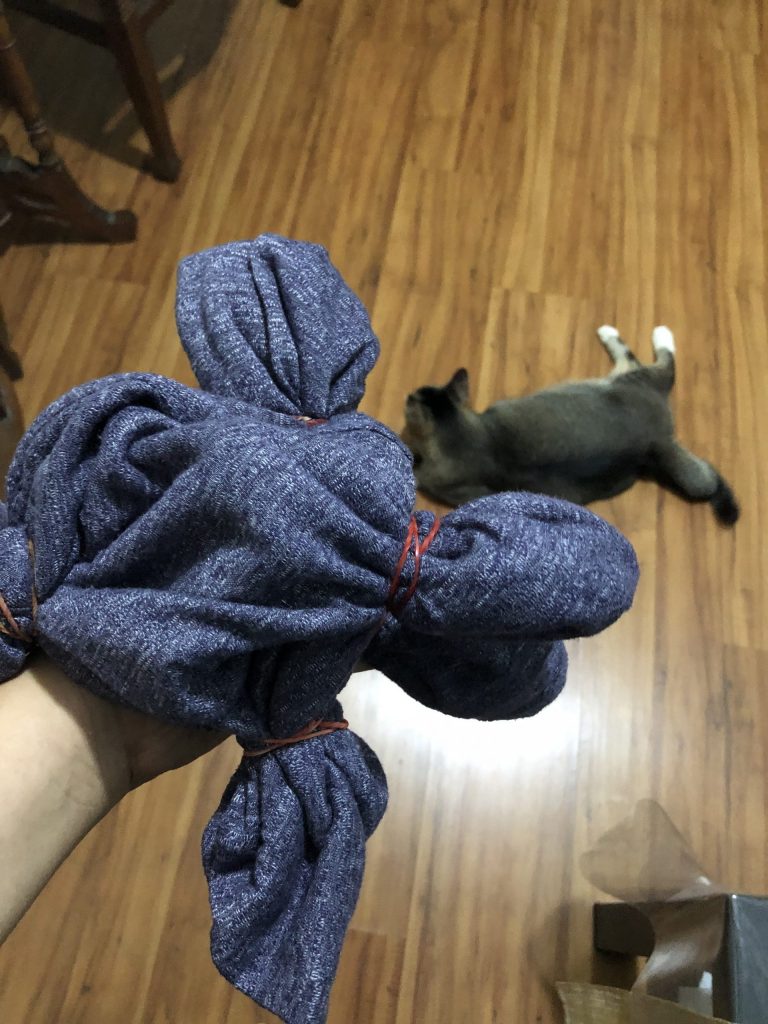
Something unexpected happened.
While working with bleach, my cat, Socks, started reacting to the smell of it. Don’t worry, she wasn’t negatively affected but rather she started getting high. I googled it and turns out, cats react to bleach the same way they would react to catnip. Well long story short, she tried sneaking into the bathroom to get high on bleach. So do take note for those that have cats at home!
While panicking about my cat, I didn’t observe the shirt. When I came back to it, I was shocked by how much colour was gone.
However, after opening it up and washing it, the bleaching came out better than I expected.
Thoughts?
- The bleach might have been too strong. Do add water to the bleach to dilute it.
- Wear gloves and mask, because working with bleach can hurt.
I really like the pattern and I believe with the right pattern, the bleaching can turn out like the snake scale pattern, thus I’ll be trying out bleach for one of my techniques for the final project. But I’ll make sure to keep my cat away from the bathroom. Stay tuned!














